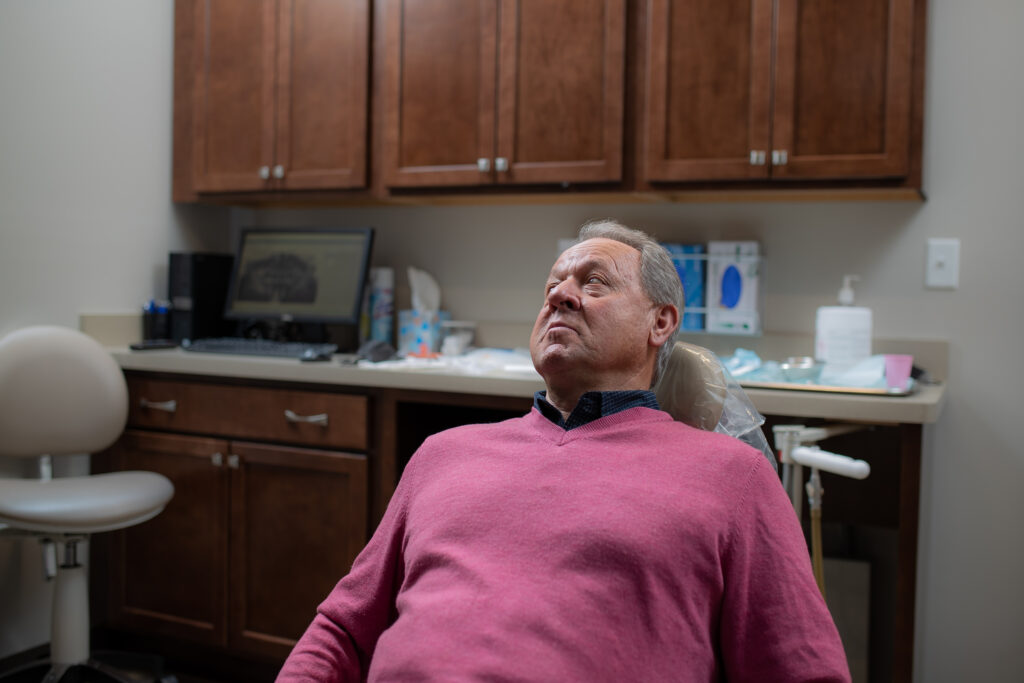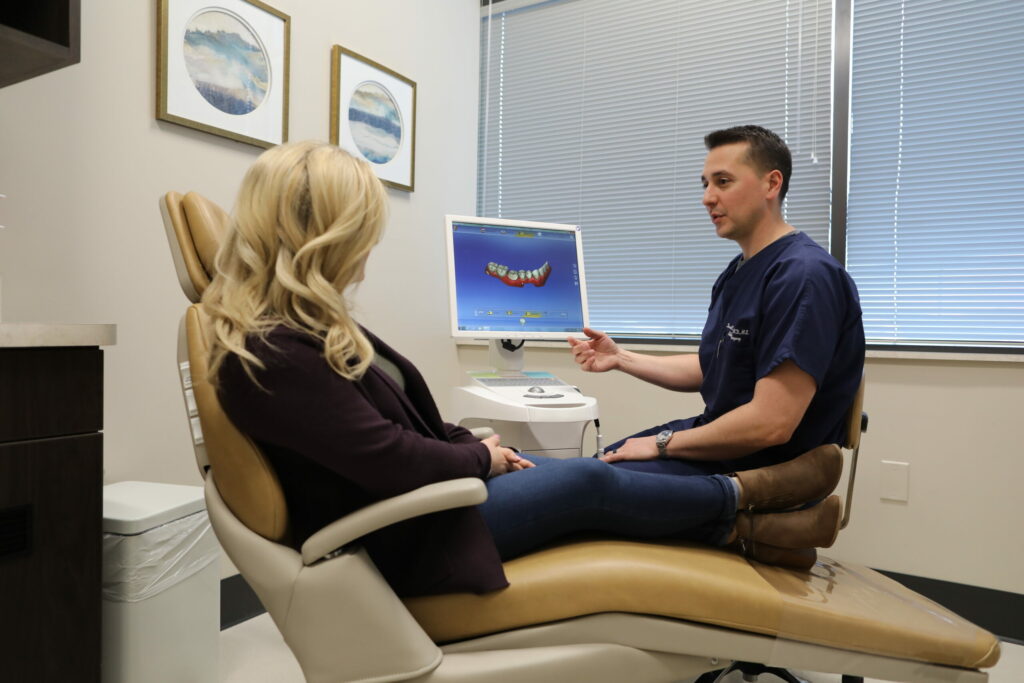When you need more bone for implant placement
Sinus Lift
Bone recession and your natural anatomy can place the maxillary sinuses too close to the upper jaw to safely accommodate a dental implant.
A sinus lift can safely reposition the sinus membrane and add bone material so you can take advantage of an implant-supported restoration.

What is a Sinus Lift?
The maxillary sinuses are behind your cheeks and on top of the upper teeth. These sinuses are empty, air-filled spaces. Some of the roots of the natural upper teeth extend up into the maxillary sinuses. When these upper teeth are removed, there is often just a thin wall of bone separating the maxillary sinus and the mouth. Dental implants need bone to hold them in place. When the sinus wall is very thin, it is impossible to place dental implants in this bone.
The key to a successful and long-lasting dental implant is the quality and quantity of jawbone to which the implant will be attached. If bone loss has occurred due to injury or periodontal disease, a sinus augmentation can raise the sinus floor and allow for new bone formation. A sinus lift is one of the most common bone grafting procedures for patients with bone loss in the upper jaw. The procedure seeks to grow bone in the floor of the maxillary sinus above the bony ridge of the gum line that anchors the teeth in the upper jaw. By strengthening and growing bone in this location, dental implants can be placed and secured in the new bone growth.
Am I a Candidate for a Sinus Lift Procedure?
A sinus lift may be necessary if you:
- are missing more than one tooth in the back of your jaw.
- are missing a significant amount of bone in the back of your jaw.
- are missing teeth due to a birth defect or condition.
- are missing most of the maxillary teeth, but require support for dental implants.

Get to know us.
At Washington Oral & Facial Surgery, we know how to help you. Our board-certified surgeons and expert staff can provide the care you need to relieve the discomfort you feel.


